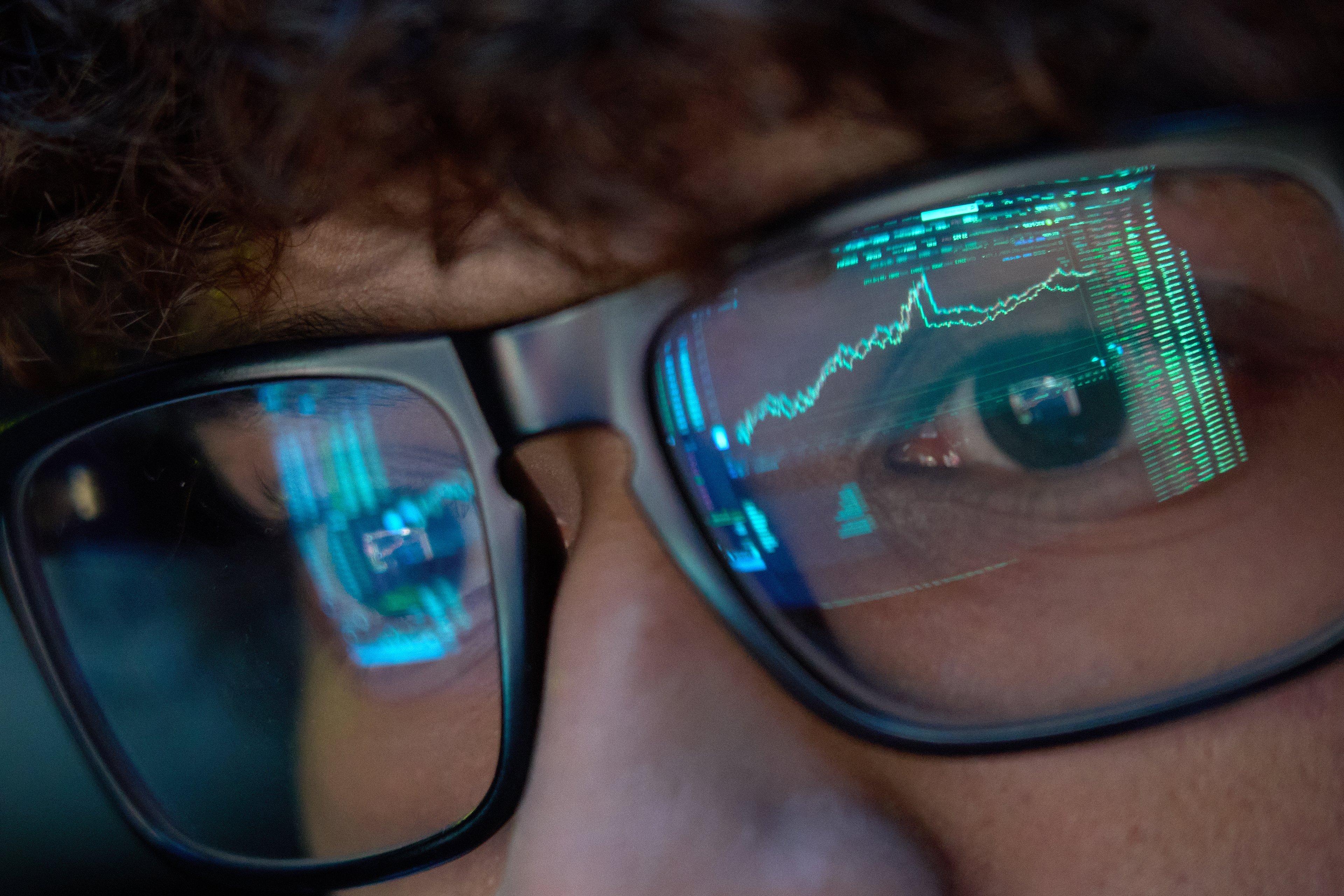Uber Technologies' (UBER 1.05%) underwhelming stock market debut was no surprise, as the ridesharing specialist had shared a ton of red flags with investors before going public. Uber had warned Wall Street that its expenses will rise on account of the cutthroat competition in the ridesharing space and that it might not be able to achieve profitability.
Uber's bumpy quarter reveals the core of the problem
The company's terrible first-quarter results prove that it wasn't joking around. Uber's operating loss went up from $478 million in the year-ago period to just over $1 billion in the first quarter of 2019. The company's massive operating loss was triggered by an alarming rise in its cost of revenue. Excluding depreciation and amortization, Uber's cost of revenue climbed 45% year over year to $1.68 billion.

Image source: Getty Images.
Its sales and marketing expenses went up more than 53% year over year to $1.04 billion. In all, the company spent nearly 88% of its revenue on these two line items, up from 71% in the prior-year period.
This makes it evident that Uber is spending a ton of money to defend its market share by way of driver and rider incentives, but even then, it's facing criticism for not paying its drivers enough for them to make a living. As a result, Uber has been forced to raise its fares in key markets such as New York City to increase driver pay.
But despite doing that, the company has had to face the wrath of drivers over work conditions and pay in the form of strikes across the globe. Assuming the company succumbs to driver pressure and further increases wages, it will have to pass the costs on to the consumer in the future, as it can't afford to burn through money forever.
In that scenario, there's a chance that demand for Uber's services will fall as it runs the risk of losing market share. The company is already seeing a slowdown in its top-line growth. Its revenue increased an underwhelming 20% last quarter, which might be connected to the fare increases Uber had to enforce to meet rising pay.
Uber is caught in a vicious cycle wherein higher driver wages and benefits will force it to increase fares. If it doesn't do that, its losses will balloon, and if Uber does raise fares, its rivals could take advantage and lure customers away.
This is probably why the company is looking to take the human element out of its system, as evident from its latest reveal.
Uber is taking another shot at autonomous cars
Uber recently revealed a new Volvo XC90 self-driving car in what could be a step toward reducing its reliance on human drivers. Reuters reports that these cars will come equipped with traditional steering wheels and pedals but will also carry factory-fitted autonomous driving systems.
According to Uber Advanced Technologies Group chief scientist Raquel Urtasun, the company's self-driving cars will be able to drive on their own without the help of maps and chart their course on the fly. Urtasun hit the nail on the head when she underlined the aim of Uber's self-driving program: "Our goal is [to] get each one of you to where you want to go much better, much safer, cheaper."
The word "cheaper" significant here, as one of the ways Uber can reduce fares or keep them consistent is if it doesn't have to pay wages. And that can happen only when the company doesn't need to pay drivers.
Moreover, Uber needs to keep a lid on its cost of revenue. In 2018, the company's cost of revenue had climbed 35%, by $1.5 billion, thanks to a spike in excess driver incentives. Moreover, the company doled out $1.4 billion worth of freebies to customers last year in the form of promotions, discounts, and credits.
For comparison, the company's spending on these items was $949 million in 2017. That kind of spending indicates that Uber is trying to defend its turf by subsidizing rides that are getting expensive with time on account of higher expenses such as driver wages and other benefits. Stopping such incentives will dent Uber's growth, as the company is losing market share to Lyft, and boosting them means ballooning costs.
So it's understandable why Uber is getting started with its self-driving venture once again, after a shaky start that had caused a fatal accident last year. Replacing even a part of its fleet with self-driving cars could prove to be a boon for Uber, because if it doesn't do so, achieving profitability will be a far-fetched dream for the ridesharing specialist.






